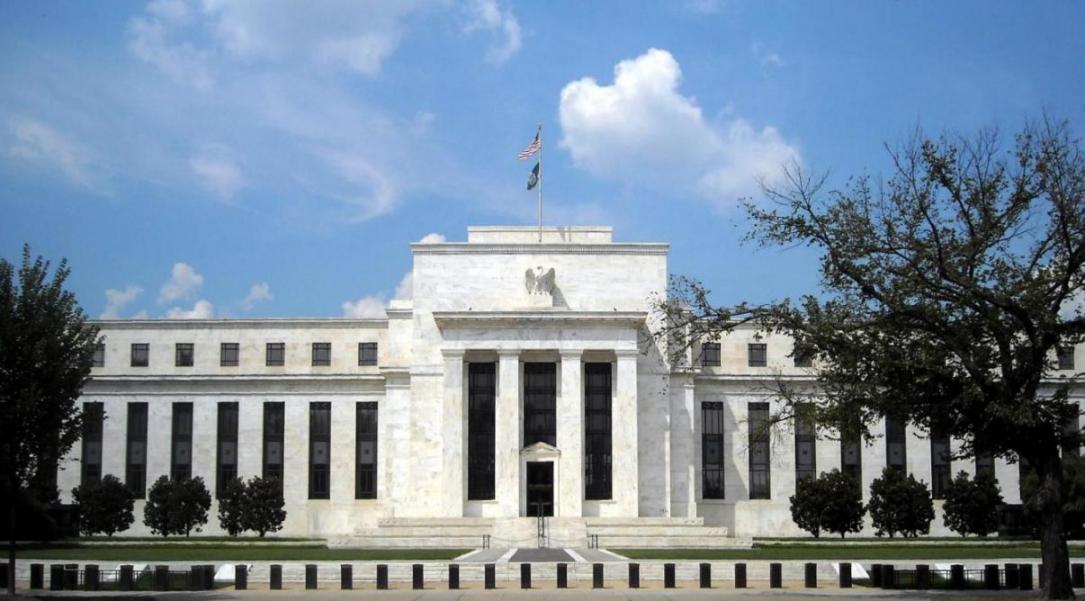There’s been plenty of prognosticating about what will happen to the bond market’s unprecedented bull run once US interest rates start rising from rock-bottom levels. A quick scan of history provides plenty of support for the optimists.
Every time the Federal Reserve has raised rates over the past four decades, betting that longer-term treasuries would outperform short-term debt has proved to be a big winner as higher rates stemmed inflation and kept economic growth from overheating, according to data compiled by Bloomberg. What’s more, returns consistently exceeded corporate bonds in the first year of tightening, with treasuries underperforming just once.
It’s not just past performance that suggests treasuries will remain in demand. With little inflation in sight, a cloudy global outlook and the weakest US expansion in decades, there aren’t many reasons to compel the Fed to move quickly or aggressively. That backs up the view of a client survey by JPMorgan Chase & Co., which showed investors were more bullish on treasuries than at any time since 2013.
“This is not the start of a bear market in treasuries,” said David Tan, the London-based head of rates at JPMorgan Asset Management, which oversees $1.7 trillion. He’s “overweight” 30-year US bonds and “underweight” five-year notes.
While debt investors have consistently been right in dismissing naysayers calling for the end to the three-decade bull market in bonds, the stakes are rising with the Fed all but certain to end its seven-year policy of holding rates at virtually zero on Wednesday.
Any missteps during what may be a years-long process of tightening have the potential to extend well beyond the bond market and spill into the broader economy. That’s because treasuries serve as the borrowing benchmark for governments, businesses and consumers around the world.
Yields on 10-year notes, which guide interest rates on trillions of dollars of debt, were at 2.16% in Tokyo on Monday, about where they were a year ago. In 2010, yields were as high as 4.01%.
The Fed is now about to embark on its sixth tightening cycle since 1979. Traders are pricing in a 74% chance policymakers will raise the target rate by 0.25 percentage point on Dec. 16, data compiled by Bloomberg show.
Slow Spending
In the five previous periods, bond traders have consistently favored long-term treasuries as the so-called yield curve flattened each time.
The metric, which measures the extra compensation investors demand to take on the added risk of holding securities that take longer to pay back, showed the spread between two- and 10-year treasuries narrowed an average 0.56 percentage point in the year following the Fed’s first increase, data compiled by Bloomberg show.
A big part of the reason longer-term debt has done better is that higher borrowing costs tend to slow spending and growth. It also shows investors have confidence in the Fed’s ability to contain inflation, which is a big risk for anyone holding fixed-rate bonds, especially when the interest is paid out over an extended period.
Since the late 1970s, “the Fed has gained a lot of credibility in getting inflation under control and the long end has responded very predictably,” said Brandon Swensen, the co-head of US fixed-income at RBC Global Asset Management, which oversees $35 billion.


